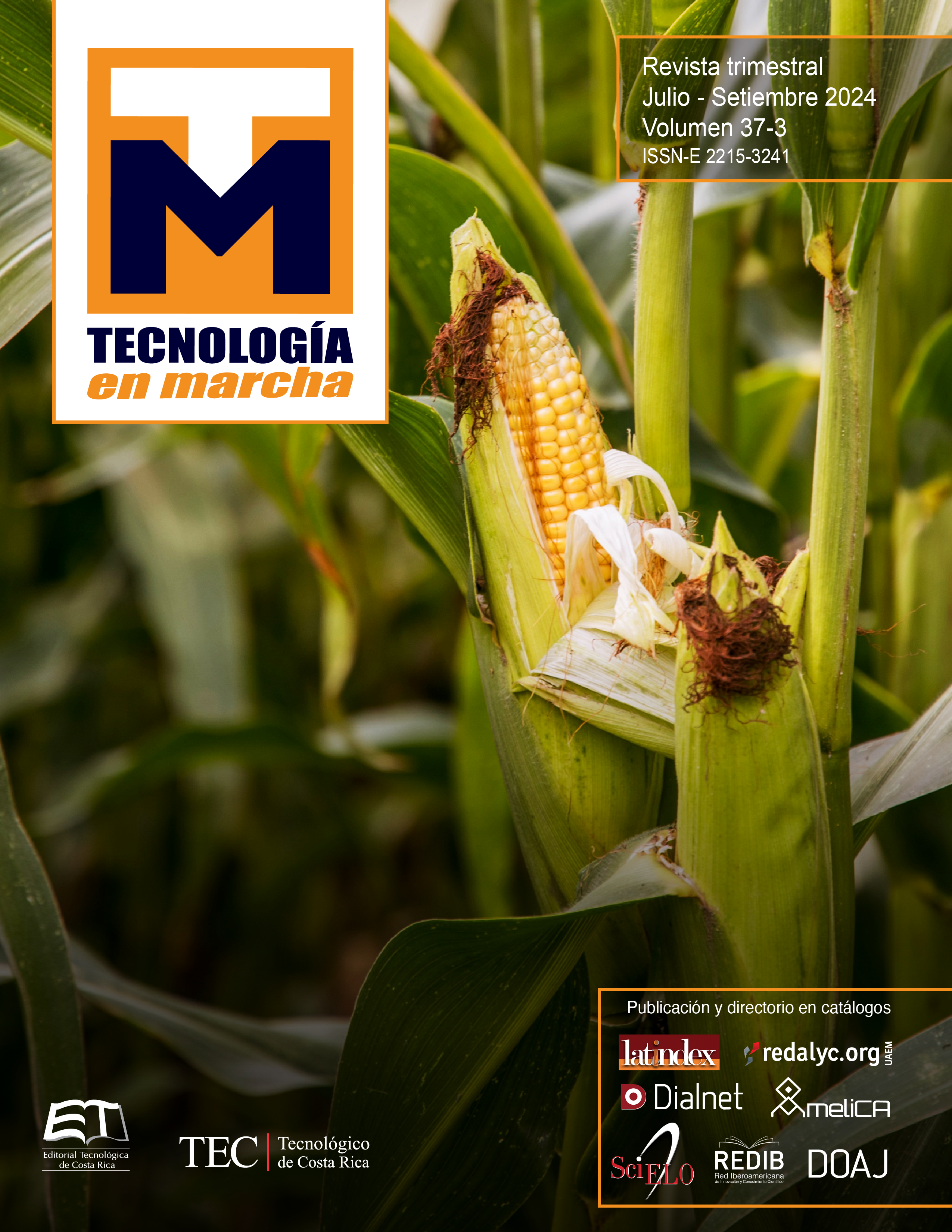Development of prototypes of passive protective orthoses through additive manufacturing
Main Article Content
Abstract
Additive manufacturing has revolutionized production by enabling the creation of objects from digital models, without requiring molds. In the medical field, customization takes on crucial importance, with 3D printing serving as an effective vehicle for orthosis creation. The significance of customization lies in the limitation of generic devices, which may prove inadequate for certain patients and lack aesthetic appeal. The findings of the study reveal that 3D printing and scanning play a fundamental role in optimizing orthosis production processes, generating highly personalized and ergonomic structures. Medical professionals consulted to validate the prototypes deem them viable. However, there arises a need to enhance device safety and functionality, particularly when considering potential volume changes in injuries during treatment. A detailed cost analysis uncovers that labor constitutes most of the manufacturing cost, accounting for 73.87%. It is followed by the filament used, at 23.14%, Velcro at 1.4%, and finally, consumed electricity at 1.59%.
Article Details

This work is licensed under a Creative Commons Attribution-NonCommercial-NoDerivatives 4.0 International License.
Los autores conservan los derechos de autor y ceden a la revista el derecho de la primera publicación y pueda editarlo, reproducirlo, distribuirlo, exhibirlo y comunicarlo en el país y en el extranjero mediante medios impresos y electrónicos. Asimismo, asumen el compromiso sobre cualquier litigio o reclamación relacionada con derechos de propiedad intelectual, exonerando de responsabilidad a la Editorial Tecnológica de Costa Rica. Además, se establece que los autores pueden realizar otros acuerdos contractuales independientes y adicionales para la distribución no exclusiva de la versión del artículo publicado en esta revista (p. ej., incluirlo en un repositorio institucional o publicarlo en un libro) siempre que indiquen claramente que el trabajo se publicó por primera vez en esta revista.
References
Kruth, J. P., Leu, M. C., & Nakagawa, T. (2010). Progress in additive manufacturing and rapid prototyping. CIRP Annals, 59(2), 671-691.
Gibson, I., Rosen, D., & Stucker, B. (2015). Additive manufacturing technologies: 3D printing, rapid prototyping, and direct digital manufacturing. Springer.
Vaezi, M., & Seitz, H. (2013). Material jetting: A review of process, materials, and applications. Engineering, 6(9), 1115-1129.
Mazzoli, A., Maida, L., Iasilli, G., & Aversa, A. (2020). 3D printing processes for materials and devices: Some major examples and trends in the medical field and related applications. Materials, 13(3), 575.
Sun, C., Fang, N., Wu, D. M., & Zhang, X. (2012). Projection micro-stereolithography using digital micro-mirror dynamic mask. Sensors and Actuators A: Physical, 121(1), 113-120.
Kaspar, C., Mollendorf, J. C., & Rentsch, C. (2016). Additive manufacturing of biomedical instruments. Proceedings of the Institution of Mechanical Engineers, Part H: Journal of Engineering in Medicine, 230(11), 1041-1050.
Wohlers, T. (2019). Wohlers Report 2019: 3D Printing and Additive Manufacturing State of the Industry Annual Worldwide Progress Report.
Gibson, I., Rosen, D., & Stucker, B. (2015). Additive manufacturing technologies: 3D printing, rapid prototyping, and direct digital manufacturing. Springer.
Bibb, R., & Eggbeer, D. (2014). The integration of scanning and printing techniques to produce patient-specific devices for head and neck surgery. Proceedings of the Institution of Mechanical Engineers, Part H: Journal of Engineering in Medicine, 228(9), 904-909.
Alves, A., & Pina, H. (2017). Additive Manufacturing of Custom Orthopedic Implants—A Review. Materials, 10(9), 987.
Kruth, J. P., Leu, M. C., & Nakagawa, T. (2010). Progress in additive manufacturing and rapid prototyping. CIRP Annals, 59(2), 671-691.
FDA. (2017). Technical Considerations for Additive Manufactured Medical Devices: Guidance for Industry and Food and Drug Administration Staff.
Garg, A., Hooda, S., & Choudhary, S. (2022). Patient-Specific Orthotics and Prosthetics: A Review. In Advances in Bioengineering (pp. 83-103). Springer.
Wohlers, T. T., & Caffrey, T. (2016). Wohlers Report 2016: 3D Printing and Additive Manufacturing State of the Industry Annual Worldwide Progress Report. Wohlers Associates, Inc.
Gibson, I., Rosen, D. W., & Stucker, B. (2010). Additive Manufacturing Technologies: Rapid Prototyping to Direct Digital Manufacturing. Springer Science & Business Media.
Kruth, J. P., Wang, X., Laoui, T., & Froyen, L. (2003). Lasers and materials in selective laser sintering. Assembling with adhesives, 300-315.
Gibson, I., & Shi, D. (1997). Material properties and fabrication parameters in selective laser sintering. Rapid Prototyping Journal, 3(3), 129-136.
Wong, K. V., & Hernandez, A. (2012). A review of additive manufacturing. ISRN Mechanical Engineering, 2012.
Huang, Y., Leu, M. C., & Mazumder, J. (2001). Selective laser sintering process optimization for layered manufacturing. Journal of Manufacturing Science and Engineering, 123(4), 617-624.
Mani, M., Lane, B. M., & Donmez, M. A. (2015). Additive manufacturing and sustainability: an exploratory study of the advantages and challenges. Journal of Manufacturing Science and Engineering, 137(4), 040909.
Gu, P., & Dai, K. (2013). A state-of-the-art review on the integration of process planning and scheduling. International Journal of Production Research, 51(22), 6669-6689.
Campbell, I., & Bourell, D. (2010). Material properties of additive manufacturing: an overview. MRS bulletin, 35(3), 204-209.

